7 Simple Ingredients for Composting
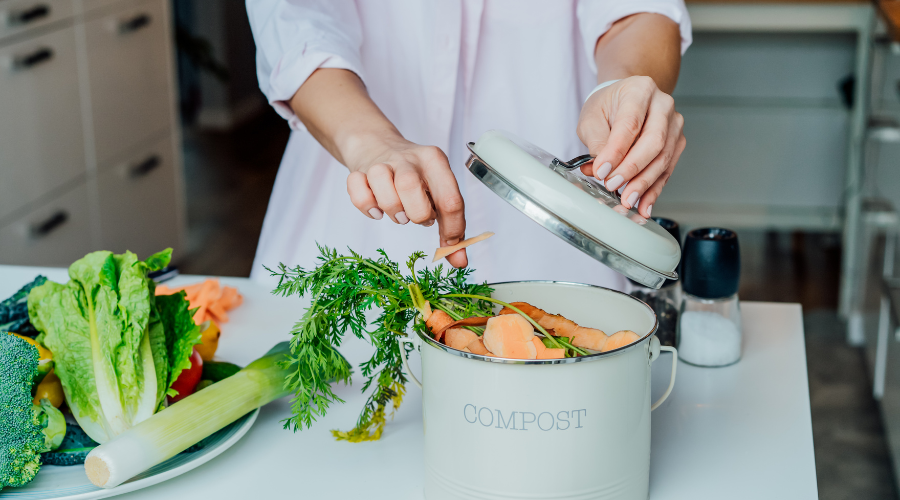
Composting is an excellent place to begin when it comes to taking that first step towards a greener lifestyle. By turning your kitchen and yard waste into nutrient-rich soil, you’re not only reducing what ends up in landfills, but you’re also creating a valuable resource for your garden.
And the best part? You can get started with just 7 simple ingredients found right in your own home. Let me walk you through how easy it is to set up your very own composting system.
I’ll show you the key steps and the 7 simple ingredients for composting you need to get going. Before you know it, you’ll be on your way to creating “gardener’s gold” – and feeling great about doing your part for the planet.
7 Ingredients for Composting Success
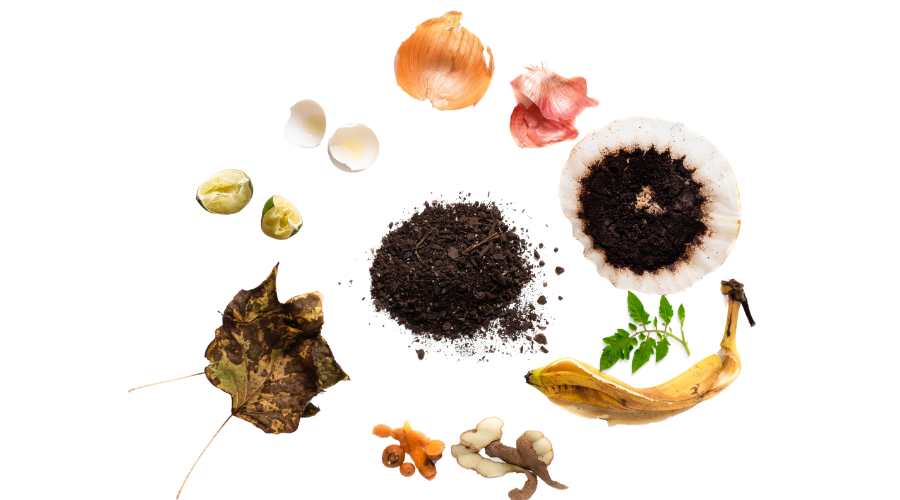
1. Fruit and Vegetable Scraps
2. Eggshells
3. Coffee Grounds and Tea Leaves
These kitchen waste materials are excellent for composting as they break down quickly and add moisture and nitrogen. However, adding large amounts of citrus peels and onions can make the compost too acidic. Up to 50% of your compost pile can consist of kitchen scraps (including fruit, vegetables, and coffee grounds).
Note: Too much kitchen scraps can lead to odour and pests, so always cover with brown materials.
Crushed eggshells provide a rich source of calcium carbonate, which is vital for plant health. Crushing the shells helps them decompose faster. it’s okay to add eggshells sparingly and as they become available from your regular kitchen use. Eggshells decompose slowly, so it’s important not to overload your compost with them, particularly in a smaller setup.
Note: Rinse them to avoid any pests, and Crush them to speed up decomposition.
Coffee grounds and tea leaves are nitrogen-rich and make great additions to the compost pile. The paper filters and tea bags can also be composted, as long as they are not synthetic. No more than 20% of the green layer. Include filters and tea bags if they are natural material.
Note: Balance with more browns if adding a lot, as they can compact and slow down airflow.
4. Grass Clippings
5. Leaves
6. Newspaper and Cardboard
Grass Clippings: Grass clippings are high in nitrogen and can help heat up the compost pile, speeding up decomposition. Up to 25-30% of the green materials layer. Mix in well with browns to prevent matting and odour.
Note: Avoid clippings from lawns treated with herbicides or pesticides. They should be mixed with carbon-rich browns to maintain the right balance.
Leaves, especially in fall, are abundant sources of carbon. They add bulk and help balance moisture levels in the compost. Shredding the leaves can accelerate their breakdown. At least 50% of your brown materials. If you have a lot of leaves, they can form the bulk of the carbon-rich layer.
Note: Shred them to prevent matting and to speed up decomposition.
Shredded newspaper and cardboard boxes (without plastic or glossy coatings) are excellent carbon sources. They help absorb excess moisture and keep the compost pile aerated. About 25% of the brown materials. Ensure these are shredded or torn into small pieces.
Note: Avoid glossy or coloured print as it can contain heavy metals or other toxins.
7. Garden Trimmings
Other organic garden waste like plant stalks and dead flowers can be added to the compost, but diseased plants or those treated with chemicals should be avoided. Quantity Can vary; include them as a part of your green materials but ensure they haven’t been treated with chemicals.
Note: Chop or shred larger pieces to accelerate decomposition.
Getting Started with Simple Steps
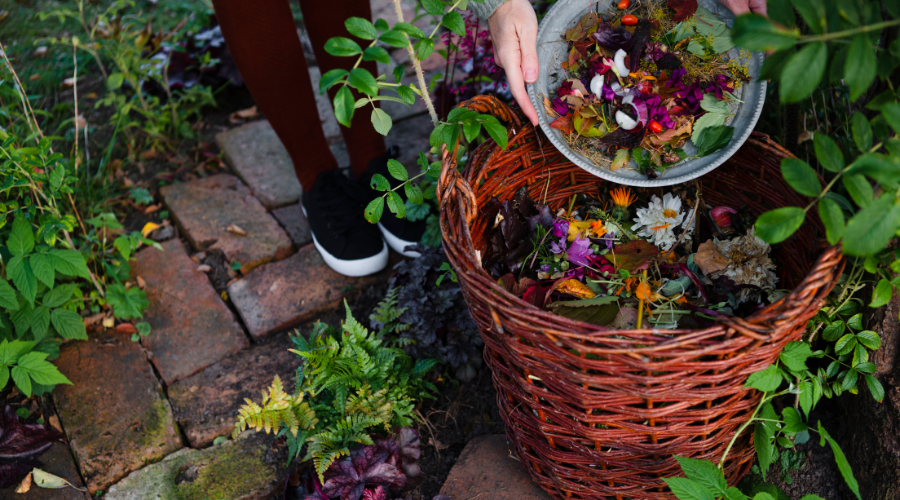
Step 1: Choose Your Compost Bin
To start with you need a compost bin. You can buy a bin or make your own. Place it in a convenient yet out-of-the-way spot on soil or grass to allow beneficial critters access.
Step 2: Gather Your Ingredients
Next, you’ll want to save up seven key ingredients and store them in separate containers around your kitchen and yard until you’re ready to add them to your compost bin. These include fruit and vegetable scraps, eggshells, coffee grounds and tea leaves, grass clippings, leaves, shredded newspaper and cardboard, and any garden trimmings like plant stalks or dead flowers. Keeping these items segregated makes it easy to layer them properly in your compost pile later on.
Step 3: Build Compost Layers
Line the bin bottom with twigs or straws. Then layer your “brown” carbon-rich materials (leaves, paper, cardboard) and “green” nitrogen-rich ones (veggie scraps, coffee, grass) in a 3:1 ratio.
Step 4: Maintain Your Compost
Keep the pile moist but not soaked, and turn it every few weeks with a garden fork to introduce oxygen. Adjust the brown/green balance if needed.
Step 5: Use Your Finished Compost
Finally, in about 3-6 months, the dark, crumbly compost can be mixed into garden beds, and used as potting soil, or you can also spread them as mulch.
With these 7 simple ingredients, you’ll be on your way to creating a thriving compost system that benefits both your garden and the environment. Happy composting!
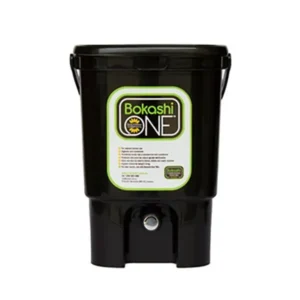





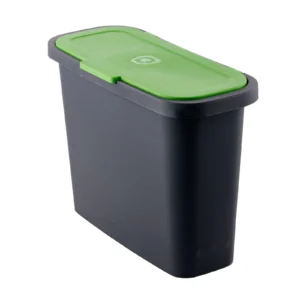
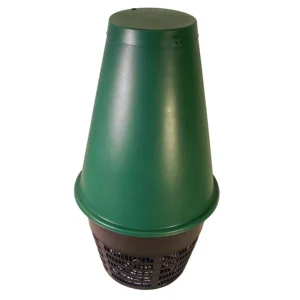
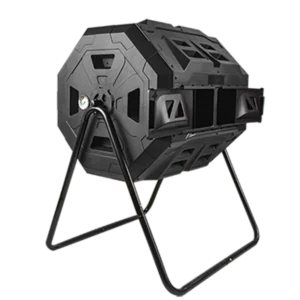
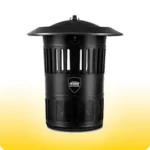 Mosquito Traps
Mosquito Traps